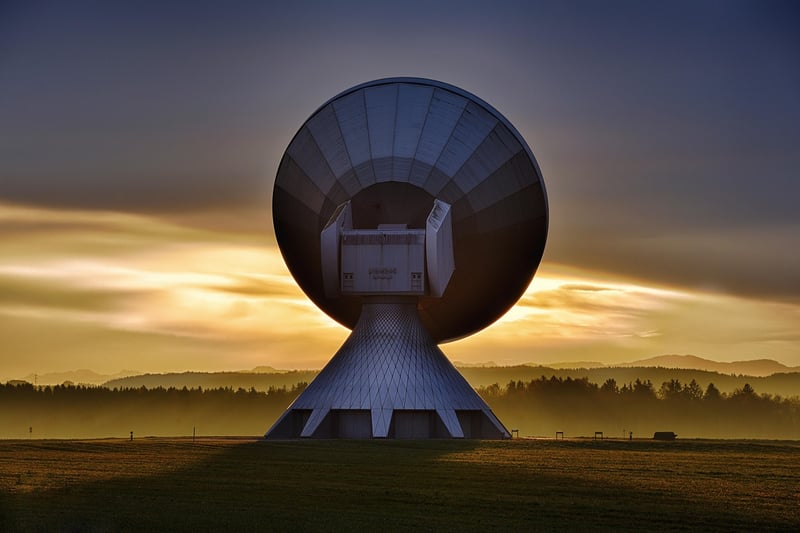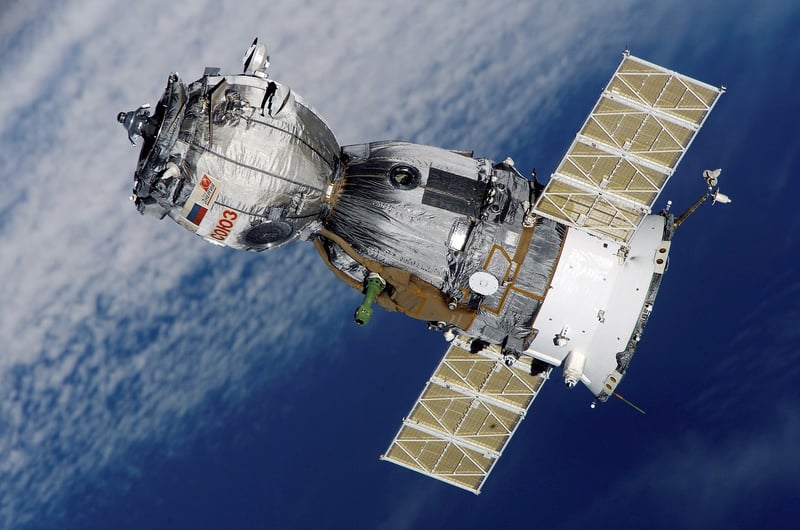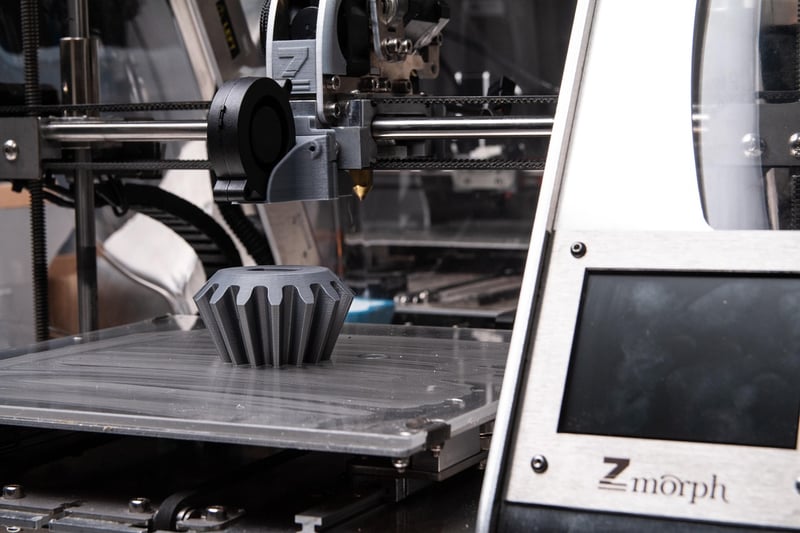Space Habitats
Innovations in Space and Space Habitats
Exploring outer space has always been a captivating endeavor for humanity. Over the years, significant innovations have revolutionized the way we understand and navigate the cosmos. From advanced propulsion systems to cutting-edge space habitats, here are some of the latest breakthroughs in space technology:
1. Ion Propulsion Systems

Ion propulsion systems are a game-changer in space exploration. These engines use ionized gas as a propellant, providing higher speeds and fuel efficiency compared to traditional chemical rockets. NASA's Dawn spacecraft and the recently launched BepiColombo mission to Mercury utilize ion propulsion for extended missions.
2. Inflatable Space Habitats

Developments in inflatable space habitats have paved the way for sustainable living in space. These lightweight structures can be compactly transported and inflated once in orbit, providing astronauts with larger living spaces and protection from cosmic radiation. Companies like Bigelow Aerospace are leading the way in this technology.
3. 3D Printing in Space

3D printing has revolutionized manufacturing on Earth, and now it's making its way to space. Astronauts aboard the International Space Station (ISS) are using 3D printers to produce tools, spare parts, and even experimental components. This technology reduces the need for resupply missions from Earth.
4. Space Tourism

Advancements in space technology have opened up the possibility of space tourism. Companies like SpaceX and Blue Origin are developing spacecraft capable of taking civilians on suborbital and orbital flights. This could soon make space travel a reality for private individuals.
5. Lunar and Martian Habitats

With plans to return to the Moon and eventually land on Mars, designing habitats for extended stays on these celestial bodies is crucial. Concepts for lunar and Martian habitats include using local resources for construction and creating self-sustaining ecosystems to support long-duration missions.
Exciting developments in space technology continue to push the boundaries of human exploration. From innovative propulsion systems to sustainable habitats, the future of space exploration looks promising.
References:
